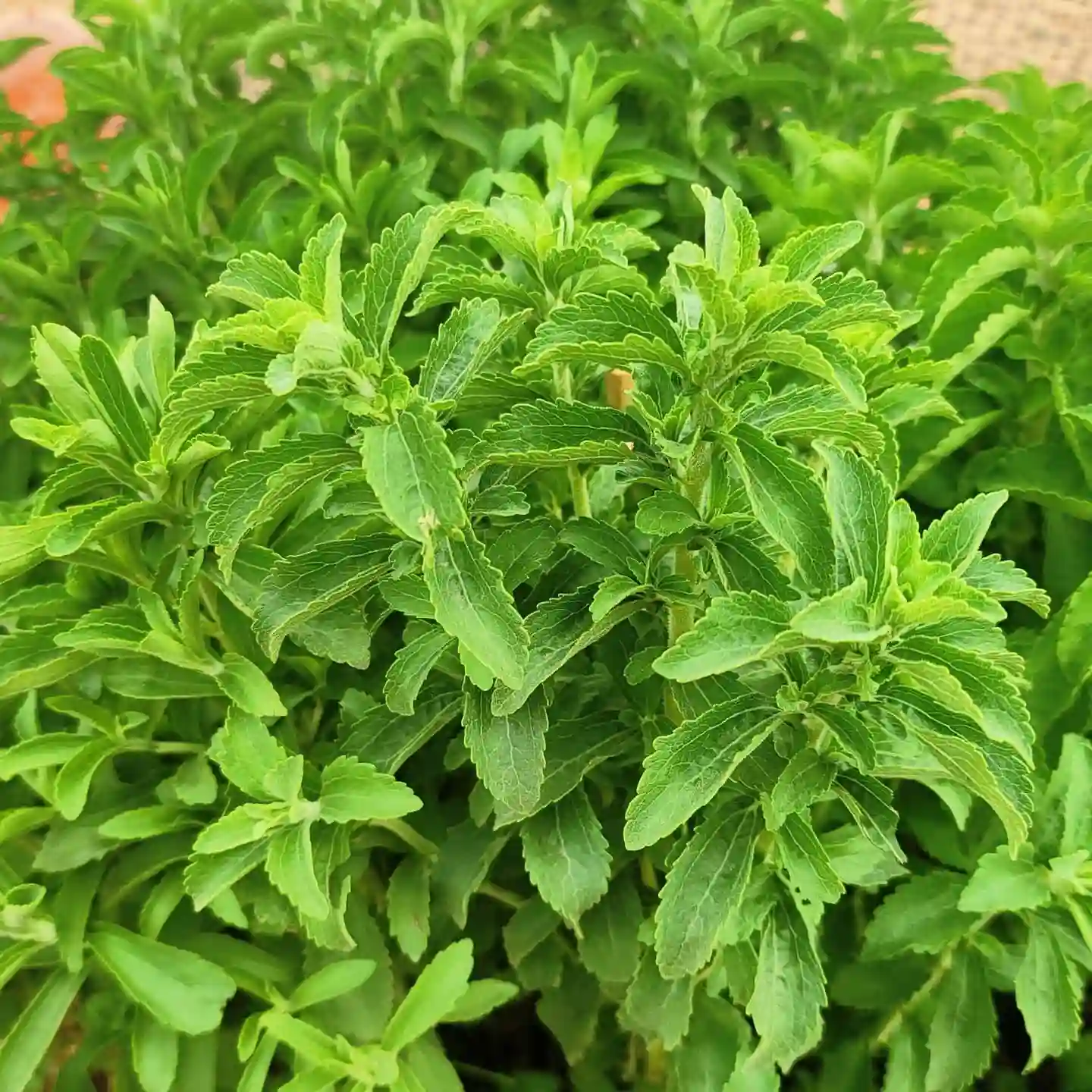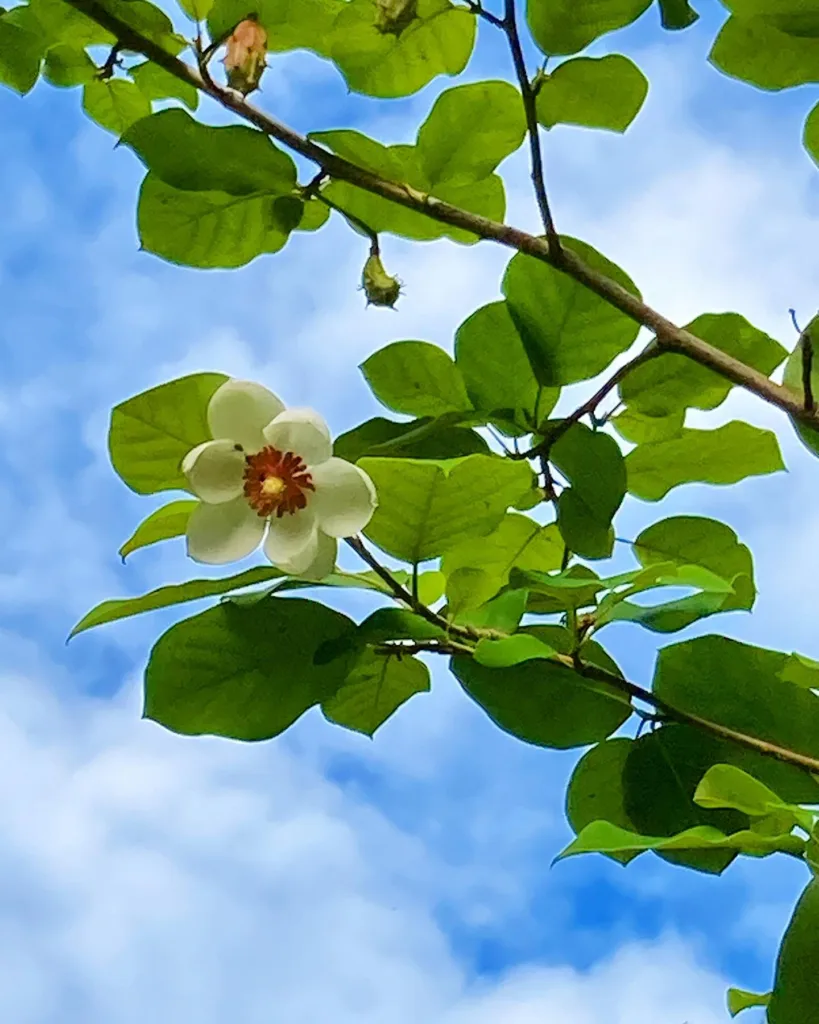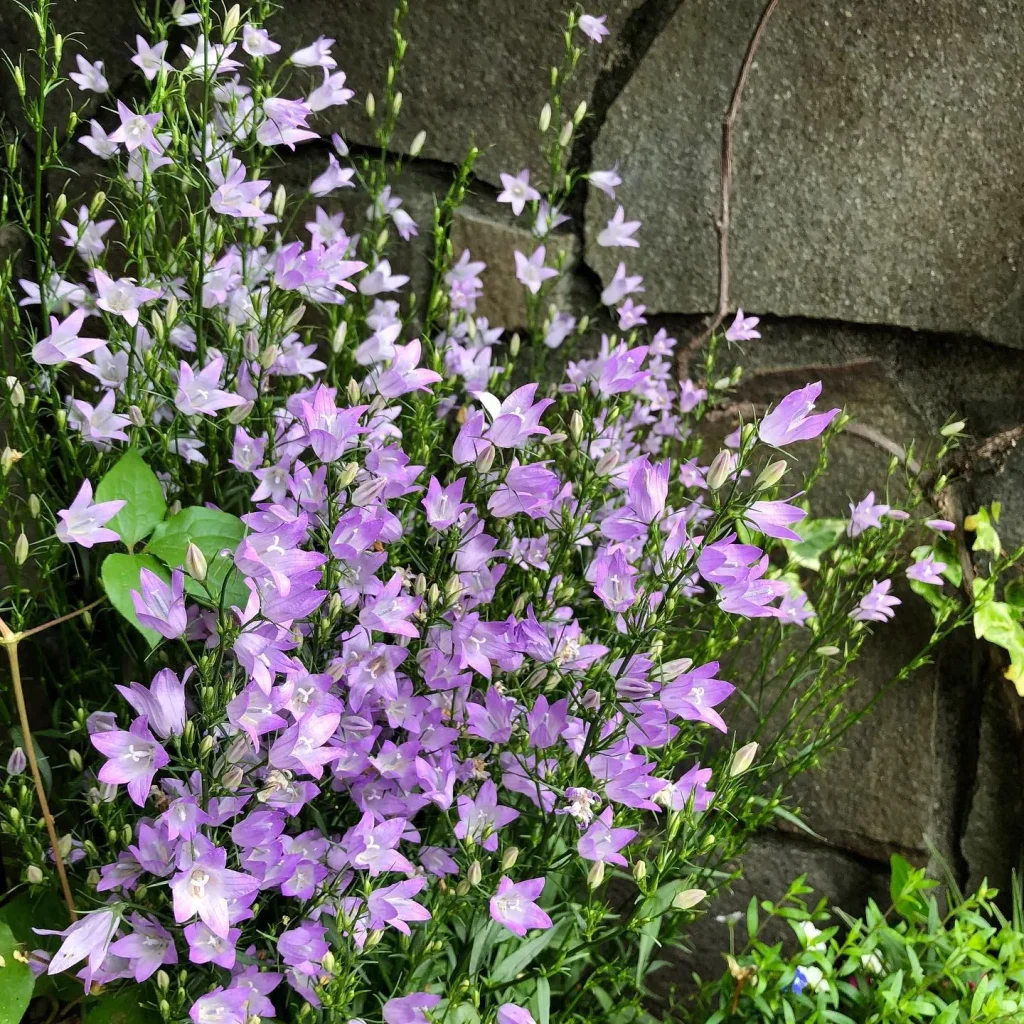July 3 – Bryonia
"Bryonia, the climbing vine, defines July 3."
Bryonia represents determination and adaptability. You have an unyielding spirit, finding creative ways to overcome challenges. Like this resilient plant, you grow steadily toward success.
The Enigmatic Bryonia: A Personal Exploration
My name is Ferb Vu, and I’ve always been drawn to the intricate world of plants. Their resilience, diversity, and quiet beauty never cease to amaze me. Lately, I’ve become particularly fascinated by a genus known as Bryonia, a group of flowering plants belonging to the Cucurbitaceae family, better known as the gourd family. This family includes familiar plants like cucumbers, squashes, and melons, but Bryonia stands apart with its unique characteristics and intriguing history.
Unveiling the Characteristics of Bryonia
Bryonia species are typically perennial, herbaceous vines. They climb using tendrils, which are thread-like appendages that coil around supporting structures. Their leaves are palmately lobed, meaning they have several lobes that radiate from a central point, resembling the fingers of a hand. The plants are dioecious, meaning they have separate male and female plants. Their flowers are inconspicuous, often greenish-white, and grow in clusters. Perhaps the most striking feature of Bryonia is its fruit: a smooth, globular berry that can be red, black, or green depending on the species.
Delving into the Species in Bryonia
The genus Bryonia comprises around 10 species:
- Bryonia alba: Commonly known as white bryony, this species is native to Europe and Western Asia. It is characterized by its white flowers and black berries. Plant FAQs: Bryonia Alba – White Bryony
- Bryonia cretica: This species is found in the Mediterranean region and is known for its spiny stems.
- Bryonia multiflora: This species is native to the Middle East and is characterized by its numerous flowers.
- Bryonia aspera Steven ex Ledeb.
- Bryonia flexuosa Yıld.
- Bryonia lappifolia Vassilcz.
- Bryonia melanocarpa Nabiev
- Bryonia monoica Aitch. & Hemsl.
- Bryonia syriaca Boiss.
- Bryonia verrucosa Aiton
Unraveling the History and Uses of Bryonia
Bryonia has a long and intertwined history with humans. In ancient Greece, the physician Dioscorides mentioned its medicinal properties in his famous work De Materia Medica. Throughout history, various Bryonia species have been used in traditional medicine for a range of ailments, including gout, rheumatism, and even as a purgative. However, it’s crucial to remember that Bryonia plants contain bryonin, a toxic compound that can be harmful if ingested. Therefore, any use of Bryonia should be under the guidance of a qualified healthcare professional.
Beyond its medicinal uses, Bryonia has also found its place in folklore and mythology. In some cultures, it was believed to ward off evil spirits, while in others, it was associated with witchcraft and sorcery. These beliefs highlight the complex relationship between humans and plants, where fear and reverence often coexist.
Exploring the Ecological Role of Bryonia
Bryonia plays a vital role in its ecosystem. Its flowers provide nectar for pollinators like bees and butterflies, while its berries serve as a food source for birds. However, Bryonia can also be invasive in some regions, outcompeting native plants and disrupting the ecological balance. This duality underscores the importance of understanding the ecological impact of any species, even those with potential benefits.
Reflecting on the Significance of Bryonia
My exploration of Bryonia has been a journey of discovery and appreciation. It has deepened my understanding of the plant kingdom and its intricate connections with human history, culture, and ecology. Bryonia, with its unique features, diverse species, and fascinating history, serves as a reminder of the wonders that nature holds. It encourages us to look closer, to question, and to learn from the world around us.
As I continue my journey into the realm of botany, I am filled with a sense of wonder and excitement. The plant kingdom is vast and diverse, with countless secrets waiting to be uncovered. Bryonia is just one piece of this intricate puzzle, a testament to the beauty and complexity of life on Earth.
If i die, water my plants!



